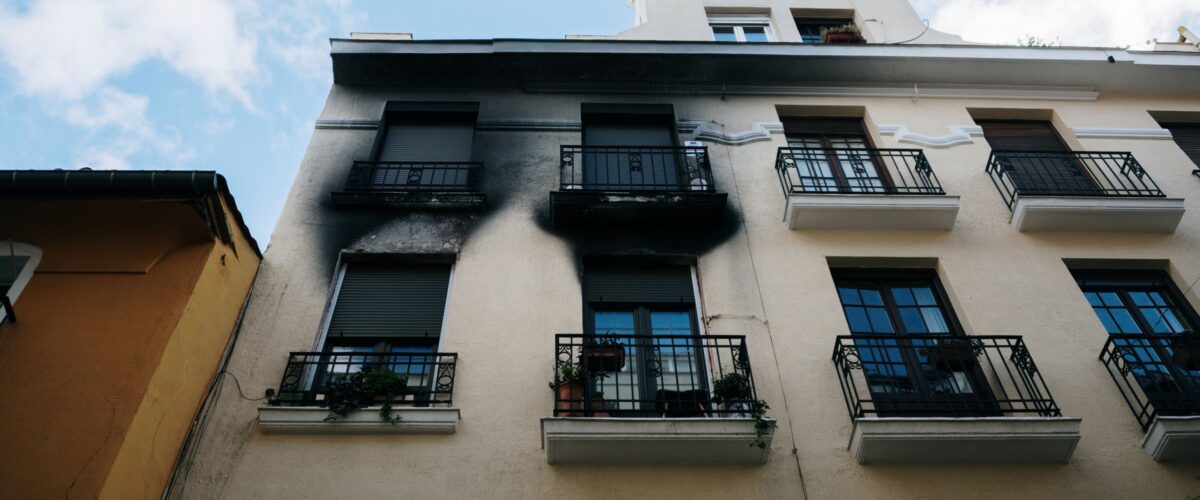
Building Ordinance Coverage
Building Ordinance Coverage: The Hidden Protection Every Rental Property Needs
If you own a rental property, you likely understand the importance of having a strong insurance
policy to protect your investment. One important coverage that often flies under the radar is
Building Ordinance or Law coverage—and it can make all the difference when disaster strikes.
What Is Building Ordinance Coverage?
Standard property insurance typically covers repairs to restore your building to its previous
condition. But what happens when your city or county requires you to rebuild according to
newer, more expensive codes? That’s where Building Ordinance coverage comes in. It helps
cover the additional costs of complying with current building codes after a covered loss—costs
that standard policies often exclude.
Why Is This So Important for Rental Properties?
As a landlord, your rental property is not just a structure because it’s also a source of income. If
a fire or storm damages your building, you’ll want to rebuild quickly and correctly to minimize
downtime and meet local requirements. But older buildings, especially those constructed
decades ago, often don’t meet modern codes. Without ordinance coverage, you may be left to
cover significant out-of-pocket expenses.
For example, a fire might damage just part of your building. While your basic policy may pay to
fix that portion, the city may require you to upgrade the electrical or plumbing systems
throughout the entire structure to meet current code. That upgrade could cost tens of
thousands of dollars—and without Building Ordinance coverage, you’d be footing the bill
yourself.
What Does It Typically Cover?
There are usually three components to Building Ordinance coverage:
- Coverage A – Loss to the Undamaged Portion of the Building: Pays for the value of the
portion that must be demolished, even if it wasn’t directly damaged. - Coverage B – Demolition Costs: Covers the cost to demolish the undamaged parts of
the structure. - Coverage C – Increased Cost of Construction: Pays for the added costs to rebuild in
compliance with current laws and codes.
A Small Add-On with Big Value
Building Ordinance coverage is often a relatively low-cost add-on to your existing policy,
especially when compared to the potential financial burden of rebuilding without it. However,
with rising construction costs and stricter code requirements, it’s important to ensure your
coverage limits are adequate.
For example, having only $5,000 in Building Ordinance coverage for a duplex may fall far short
of what’s needed in today’s market. Costs associated with demolition, structural upgrades, and
code compliance can quickly add up. That’s why it’s essential to review your policy and consider
increasing your limits to better reflect current rebuilding expenses.
Final Thoughts
Don’t let outdated building codes become a costly surprise. Take time to review your current
insurance policy and talk with your agent about Building Ordinance coverage. It’s a smart way
to protect your rental income, stay compliant, and rebuild with confidence.
If you have any questions or would like a second opinion regarding reconstruction costs analysis
and Building Ordinance coverage, feel free to reach out. I’m licensed in Colorado, Nebraska,
and Wyoming, and I’d be happy to help.
